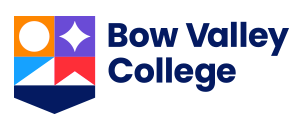Contact Name:
Diane Hardy
Author:
School of Global Access at Bow Valley College
Publisher:
Bow Valley College
Area:
Career Advancement
Workforce Development
English Language Learning
Intercultural Development
Categories:
Tab
Description
The Alberta Government funded the School of Global Access to create a resource that will assist newcomers to Canada find and retain entry-level positions in the food services industry.
Instructors will be able to use this resource in classrooms to focus on workplace communication, with an emphasis on speaking and listening for busy, time-sensitive environments, like working in a kitchen, cafeteria, or restaurant.
The Here to Help: Workplace Communication Skills for Food Services learner workbook includes:
- 4 Modules, 16 Units
- Audio and video resources
- Comprehension exercises
- A variety of speaking and listening activities and games
- Learner self-assessment materials
- Reflection and goal setting activities
The Instructor Guide contains industry information, guidelines for workplace culture discussions, instructional notes, suggestions for activity adaptations and assessment rubrics.


